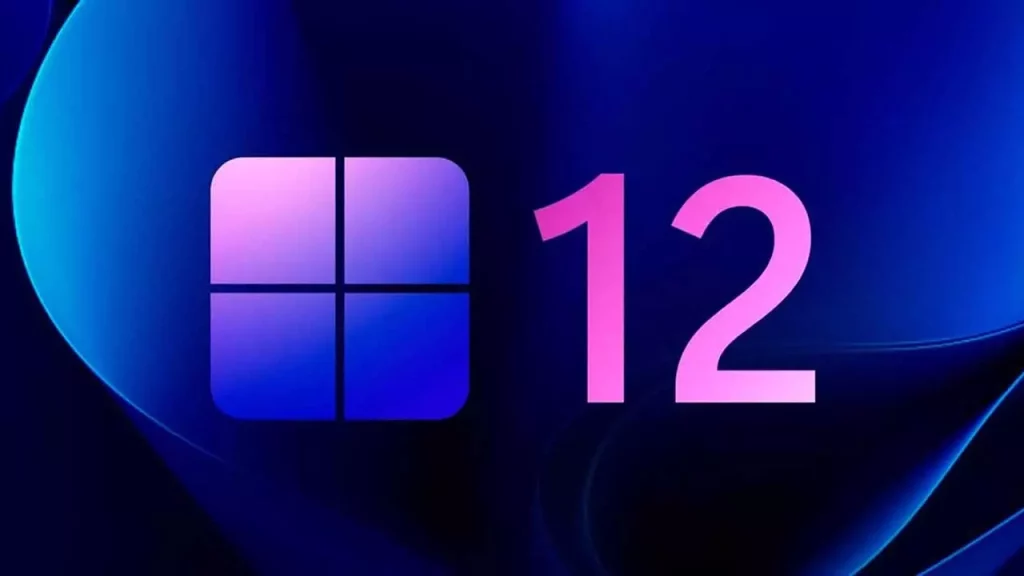
Microsoft is poised to redefine the landscape of operating systems with the anticipated launch of Windows 12, code-named “Hudson Valley.” Set to potentially debut in the latter part of 2024, this update is slated to usher in a new era for Windows, leveraging the power of artificial intelligence (AI) to transform user interactions and system capabilities.
Presently undergoing testing within the Windows Insider Canary channel, the RTM (Release to Manufacturing) version of Hudson Valley is projected to be ready for release by April 2024.
At its core, Hudson Valley seeks to reimagine user engagement by harnessing AI capabilities. Key among its features is an AI-driven Windows Shell and the introduction of an “advanced co-pilot” AI assistant. This intelligent assistant aims to operate seamlessly in the background, elevating various functions such as search functionalities, application launches, workflow management, and context comprehension. The integration of AI across the OS necessitates new hardware in the form of Neural Processing Units (NPUs) for optimal performance, potentially rendering older computers incompatible with some of the AI-centric features.
Forecasts from IDC indicate a significant surge in the production of AI-equipped PCs, with an estimated 81% assembly rate by 2027, signaling a noteworthy trend toward widespread adoption of AI within the PC market.
Recent updates in Windows 11, notably the Copilot AI enhancement and Background Removal in Paint, serve as a testament to Microsoft’s unwavering commitment to leveraging AI-powered advancements. Reports suggest the company is also devising a new roadmap for Windows update cycles.
Beyond the sophisticated Copilot, rumors abound regarding Hudson Valley’s purported features, including AI-powered dynamic parallax-effect wallpapers, a Super Resolution functionality enhancing image quality across photos, videos, and games, an improved energy-saving mode, and a potential redesign of the desktop interface that may position the system tray at the top. However, the final nomenclature and confirmed features of Hudson Valley remain undisclosed at present.
Windows 12, in its ‘Hudson Valley’ iteration, promises to be a game-changer, heralding an era where AI seamlessly integrates with everyday computing experiences, albeit with potential hardware implications for older devices. As Microsoft continues to push the boundaries of innovation, the impending release of Windows 12 signals an exciting evolution in the realm of operating systems, poised to redefine how users interact with their devices.

